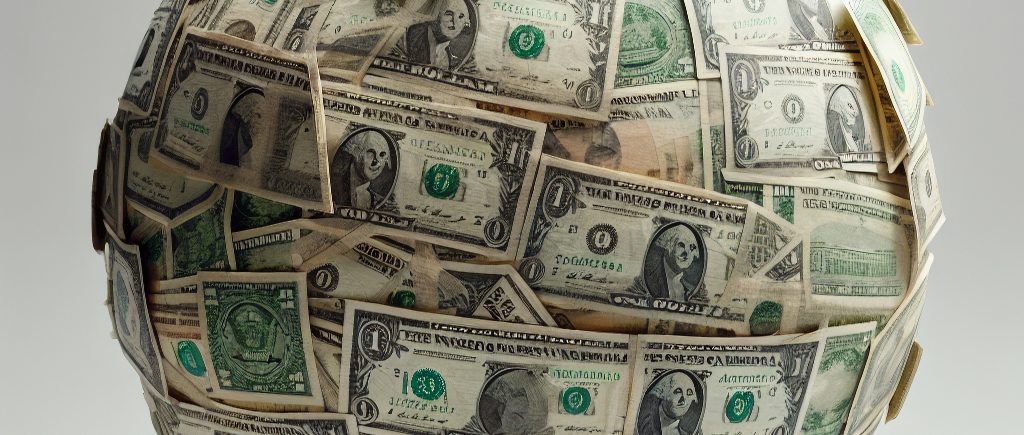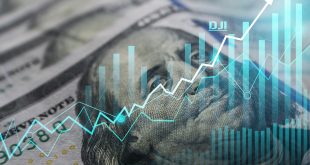The U.S. dollar tumbled sharply on Monday, hitting multi-year lows against key global currencies, as markets were rattled by President Donald Trump’s push to oust Federal Reserve Chair Jerome Powell—a move that threatens to undermine the independence of the U.S. central bank.
With investor confidence in U.S. monetary policy taking a fresh blow, the dollar’s slide accelerated amid thin holiday trading, driving strong gains for the Swiss franc, euro, and New Zealand dollar.
Trump-Powell Tensions Shake Market Trust
The selloff in the dollar came after White House economic adviser Kevin Hassett confirmed on Friday that Trump and his legal team were still studying whether the president can fire Fed Chair Jerome Powell.
This followed Trump’s now-infamous remarks on Thursday, in which he stated that “Powell’s termination cannot come fast enough,” while doubling down on calls for immediate interest rate cuts to ease the economic pain from tariffs and recession fears.
The prospect of direct political interference in monetary policy sent shockwaves through currency markets, prompting investors to flee the dollar in favor of safer and more stable alternatives.
Dollar Hits Multi-Year Lows Across the Board
- Against the Swiss franc, the dollar fell over 1% to 0.80695, its lowest since 2014.
- The euro surged to $1.1535, its highest level since November 2021.
- The Japanese yen reached a seven-month high, with the dollar sliding to 140.615 yen, as CFTC data revealed record net-long positions in the yen.
- The New Zealand dollar jumped over 1% to $0.6013, reclaiming the $0.60 mark for the first time in more than five months.
- Sterling rallied to $1.3395, its strongest since September 2023.
- The Australian dollar hit a four-month high at $0.6430.
The U.S. Dollar Index, which tracks the greenback against a basket of six major currencies, plunged to 98.164, its lowest since early 2022.
Risk Sentiment Falters Amid Trade Policy Uncertainty
Global investor sentiment remains fragile, as Trump’s sweeping tariffs and unpredictable trade policies, especially toward China and the European Union, continue to cast a shadow over U.S. economic prospects.
Markets have been further spooked by the administration’s signal that Fed independence is not guaranteed, eroding trust in the stability of U.S. policymaking.
Chinese Yuan Rises; PBOC Holds Lending Rates
In China, the onshore yuan rose to a two-week high at 7.2904 per dollar, while the offshore yuan touched a one-week peak at 7.2835, before paring some gains.
The People’s Bank of China held its benchmark lending rates steady for the sixth straight month, as expected. However, traders are increasingly betting on additional stimulus from Beijing, especially as the U.S.-China trade war intensifies.
Outlook
With major European and Asian markets closed for Easter Monday, trading volumes were light. Still, the sharp moves in currency markets signal a growing unease with the direction of U.S. economic and monetary leadership under President Trump.
Unless the White House backs off its threats to politicize the Fed or walk back from aggressive trade policies, the dollar’s weakness could deepen, particularly if safe-haven demand continues to drive capital flows toward the Swiss franc, euro, and yen.
 Noor Trends News, Technical Analysis, Educational Tools and Recommendations
Noor Trends News, Technical Analysis, Educational Tools and Recommendations





